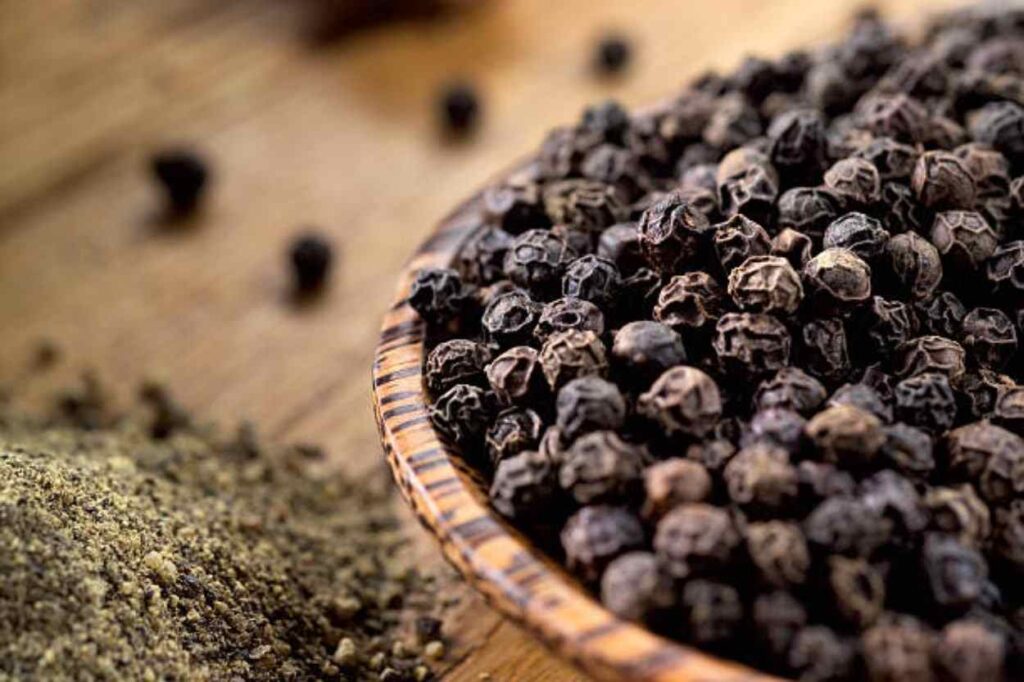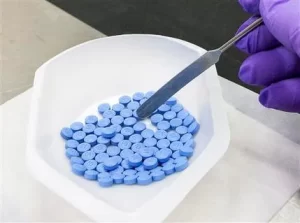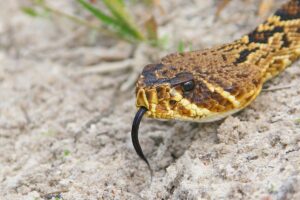
Black pepper (Piper nigrum) holds a special place in culinary traditions worldwide, valued for its pungent flavor and aromatic properties. While commonly used as a spice, growing black pepper plants at home can be a rewarding experience for gardeners seeking to cultivate their own supply of this prized seasoning. Starting from seeds allows enthusiasts to witness the entire growth cycle of black pepper, from germination to harvest. In this article, we delve into the process of growing black pepper from seeds, covering seed selection, germination, transplanting, and caring for mature plants.
I. Introduction
Black pepper has captivated the senses and tantalized taste buds for centuries, revered for its culinary versatility and cultural significance. While readily available in grocery stores, growing black pepper at home offers a unique opportunity to connect with this iconic spice on a deeper level. Starting from seeds allows gardeners to nurture plants from their earliest stages of growth, fostering a sense of pride and accomplishment.
II. Seed Selection and Preparation
Choosing Quality Seeds
- Characteristics of Healthy Black Pepper Seeds: Select seeds that are firm, plump, and free from damage or signs of mold or decay. Look for seeds with a uniform size and color, indicating viability and maturity.
- Reliable Sources for Purchasing Seeds: Obtain seeds from reputable suppliers or nurseries specializing in exotic or tropical plants. Ensure that seeds are fresh and properly stored to maintain viability.
Preparing Seeds for Planting
- Seed Scarification: To improve germination rates, gently scarify the outer seed coat with sandpaper or a sharp knife. This process helps break dormancy and allows moisture to penetrate the seed more easily.
- Soaking Seeds for Germination: Soak scarified seeds in lukewarm water for 24-48 hours before planting to soften the seed coat and initiate the germination process.
III. Germination and Seedling Care
Creating Optimal Germination Conditions
- Warmth and Moisture: Provide a warm, humid environment for seed germination, such as a greenhouse, propagator, or warm windowsill. Maintain consistent moisture levels by misting or watering lightly as needed.
- Providing Indirect Light: Place germinating seeds in a location with bright, indirect light to stimulate growth without risking sunburn or overheating.
Transferring Seedlings to Containers
- Selecting Suitable Containers: Choose small pots or seed trays filled with a well-draining potting mix for transplanting seedlings. Ensure containers have drainage holes to prevent waterlogging.
- Potting Mix and Watering Practices: Use a lightweight, porous potting mix that retains moisture while providing good aeration to the roots. Water seedlings gently and avoid overwatering, which can lead to damping-off disease.
Monitoring Seedling Growth
- Observing Root and Shoot Development: Monitor seedlings closely for signs of growth, including emerging roots and shoots. Keep an eye out for any signs of stress or disease, such as wilting or discoloration.
- Addressing Common Seedling Issues: Address issues such as leggy growth, damping-off, or nutrient deficiencies promptly to prevent stunted growth or loss of seedlings.
IV. Transplanting Seedlings to the Garden
Harden Off Seedlings
- Gradual Exposure to Outdoor Conditions: Harden off seedlings by gradually acclimating them to outdoor conditions over a period of 7-10 days. Start with short periods of exposure to sunlight and gradually increase duration and intensity.
- Protecting Seedlings from Environmental Stress: Shield seedlings from strong winds, direct sunlight, and temperature extremes during the hardening-off process to minimize stress and prevent transplant shock.
Choosing the Right Planting Location
- Soil Requirements for Black Pepper Plants: Plant black pepper in well-draining, fertile soil with a slightly acidic to neutral pH (around 5.5-6.5). Ensure adequate drainage to prevent waterlogging, which can rot the roots.
- Sunlight and Temperature Considerations: Select a planting location that receives partial to full sunlight, with protection from harsh afternoon sun in hot climates. Provide consistent warmth and shelter from cold drafts or frost.
Planting Seedlings in the Garden
- Digging Proper Planting Holes: Dig planting holes slightly larger than the root ball of the seedling and spaced 8-10 feet apart to allow for vine spread. Backfill with amended soil and water thoroughly to settle the roots.
- Mulching and Watering Newly Transplanted Seedlings: Apply a layer of organic mulch around the base of each seedling to conserve moisture and suppress weeds. Water newly transplanted seedlings regularly to keep the soil evenly moist but not waterlogged.
V. Caring for Mature Black Pepper Plants
Providing Structural Support
- Training Vines on Trellises or Supports: Guide the growth of black pepper vines by training them onto trellises, stakes, or pergolas. Encourage upward growth and lateral branching to maximize fruit production.
- Pruning to Promote Air Circulation: Prune black pepper plants as needed to remove dead or diseased foliage, improve air circulation, and prevent overcrowding. Thin out excessive growth to maintain a healthy canopy.
Fertilization and Soil Amendments
- Nutrient Requirements of Black Pepper Plants: Fertilize black pepper plants regularly with a balanced fertilizer containing nitrogen, phosphorus, and potassium. Supplement with organic matter such as compost or aged manure to enrich the soil.
- Organic and Synthetic Fertilizer Options: Choose from a variety of organic and synthetic fertilizer options suitable for black pepper cultivation. Follow package instructions for application rates and frequency to avoid overfertilization.
Harvesting and Processing Black Pepper
- Recognizing When Peppercorns are Ready for Harvest: Harvest black pepper when the berries turn from green to red and fully mature. Avoid picking underripe or overripe berries, as they may lack flavor or have a bitter taste.
- Drying and Curing Peppercorns for Storage: Dry harvested peppercorns in the sun or a dehydrator until they are firm and wrinkled. Store dried peppercorns in airtight containers away from moisture and light to maintain freshness and flavor.
In conclusion, growing black pepper from seeds is a rewarding endeavor that allows gardeners to experience the entire lifecycle of this iconic spice. By following these step-by-step guidelines for seed selection, germination, transplanting, and care, enthusiasts can cultivate healthy black pepper plants and enjoy a bountiful harvest of aromatic peppercorns for culinary use. With patience, attention to detail, and a bit of green thumb prowess, anyone can successfully grow black pepper at home and savor the flavors of freshly harvested spices in their favorite dishes.




